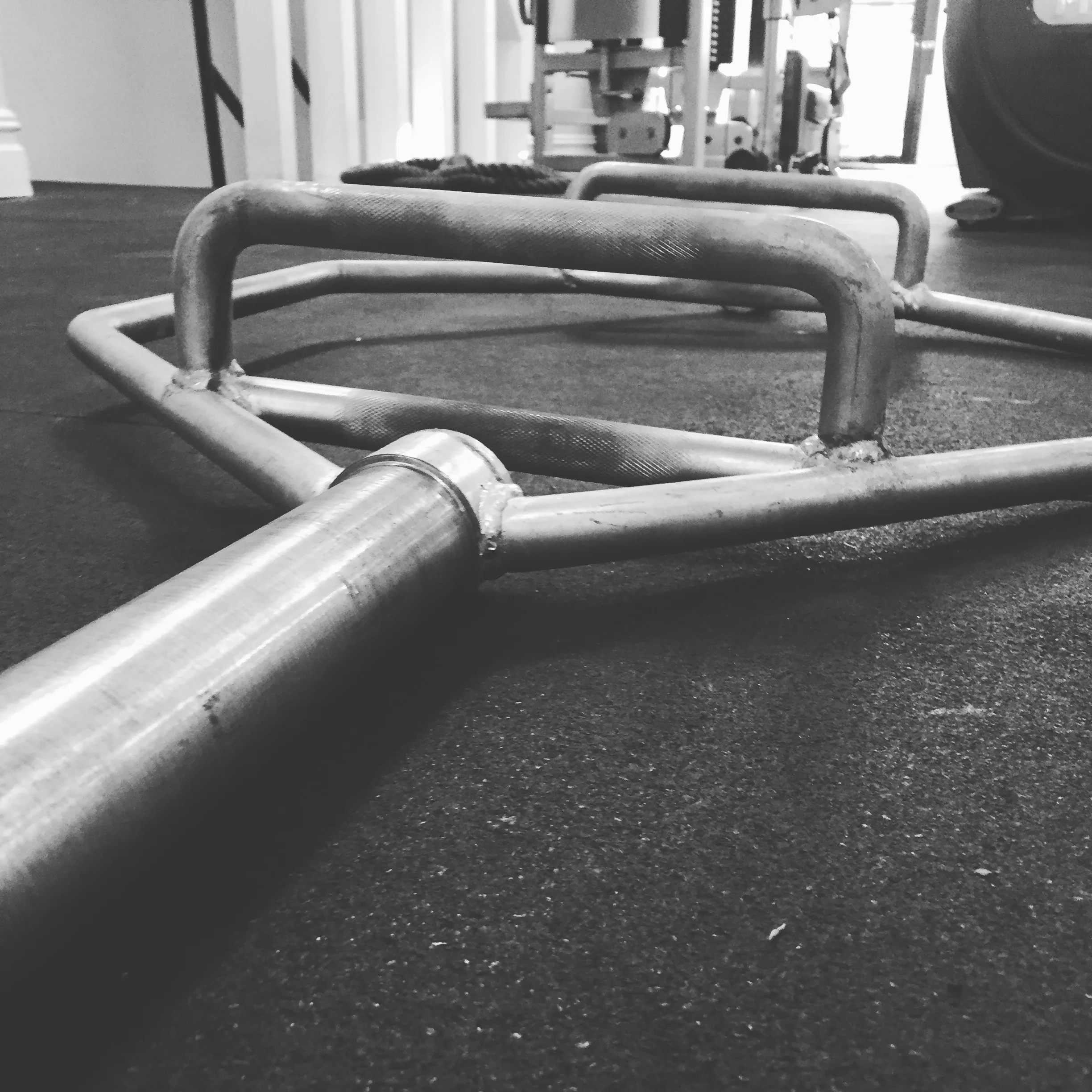Location: Annex Sports Performance Center, Chatham, NJ.
Speaker: Ty Terrell (Day 2)
Topics discussed: loading/unloading, position, strategies, reinforcement, triphasic movement, gorillas v. kangaroos, velocity based training.
Like most personal trainers in NYC, I don’t have an abundance of gym floor free space to work with my clients on speed development. Some of them probably wouldn’t want to anyway, as a majority train to improve health, not athletic performance. That being said, as a high school Athletic Trainer, an important part of my job is to improve physical performance and prevent injury with the off-season athletes participating in something we call “Weight Room.” For this reason, I got pretty damn excited when I saw that the guys at Resilient Performance Physical Therapy had invited Ty Terrell of IFAST (Indianapolis Fitness and Strength Training) to present at the Annex Sports Performance Center in Chatham, NJ. Ty is a strength and speed performance coach and brings a unique perspective to the training floor. Ty’s expertise in speed development provided a new lens for which I was able to identify problematic movement, and reinforce improved patterning with strengthening exercises.
Ty’s program goals aren’t any different than other strength and conditioning coaches. For the most part, we all want to ensure joint variability, and increase capacity, power and force in all three planes. Ty’s approach is no different, but he employs a unique model to accomplish this. Ty went through his joint positioning drills, how he integrates breathing mechanics, as well as low, moderate, and intense threshold strategies for loading and unloading joints. A majority of these strategies mimic running kinematics, which he then looks to personalize based on sport requirements and individual need.
Without getting too deep into the rabbit hole of individualized needs, Ty broadened his approach into identifying two types of people, Gorillas and Kangaroos. Kangaroos are springy, bouncy, individuals, who need to improve strength. Gorillas are the opposite, strong people who don’t move with as much ease and speed. Ty gave us ways to identify these types of people, such as the Bosco Jump Test, and discussed general training needs based off the Speed-Strength Continuum.
Ty’s approach to speed development is similar to the triphasic strength training method developed by Cal Deitz. Identify the problem within the three phases of movement. Is it acceleration (concentric)? Deceleration (eccentric)? Change in direction (isometric)? After identifying the weak links, train them. Once again, Ty’s model to train these qualities is unique, and reinforces the principles driven by individual need. Depending on the athlete, Ty may utilize Reactive Neuromuscular Training (RNT), differing medicine ball throwing positions, and most importantly, changes in external environment. He discussed how coaches can over-coach at times and get in the way of an athlete learning on his or her own. Adjusting environment to create change will be more powerful than any verbal or physical cue. If you aren’t getting the results you want, rule out if its a strength or positional problem, then respond accordingly. When you see improvement with a primary fitness quality, continue to train it until improvement stops, then change your focus.
“60% of the time, they hit their speed every time.” -Brian Fantana.
Ty discussed many other concepts during this workshop. He gave us his opinion on the crossover step v. directional step (directional step for the win) as well as his approach to training kids. He uses velocity based training to measure performance readiness, and drove home the point that the athlete’s intent makes all the difference. If they don’t hit their speed on the lift, give them one more chance or lifting is over. “60% of the time, they hit their speed every time.” -Brian Fantana. We ended the day with some fun games that Ty uses to trick his kids into training. Great stuff. Sometimes, it’s all about that deception.
I love IFAST and everything they do. Attending Ty’s presentation was an easy decision and he certainly delivered. Many thanks to Resilient Performance PT for putting it all together and Annex Sports Performance Center for the hospitality. What an amazing facility.
P.S. Someone not-to-be-named sprained his ankle on day 1 of the workshop playing Spike Ball….after hours. Be careful out there, people!















